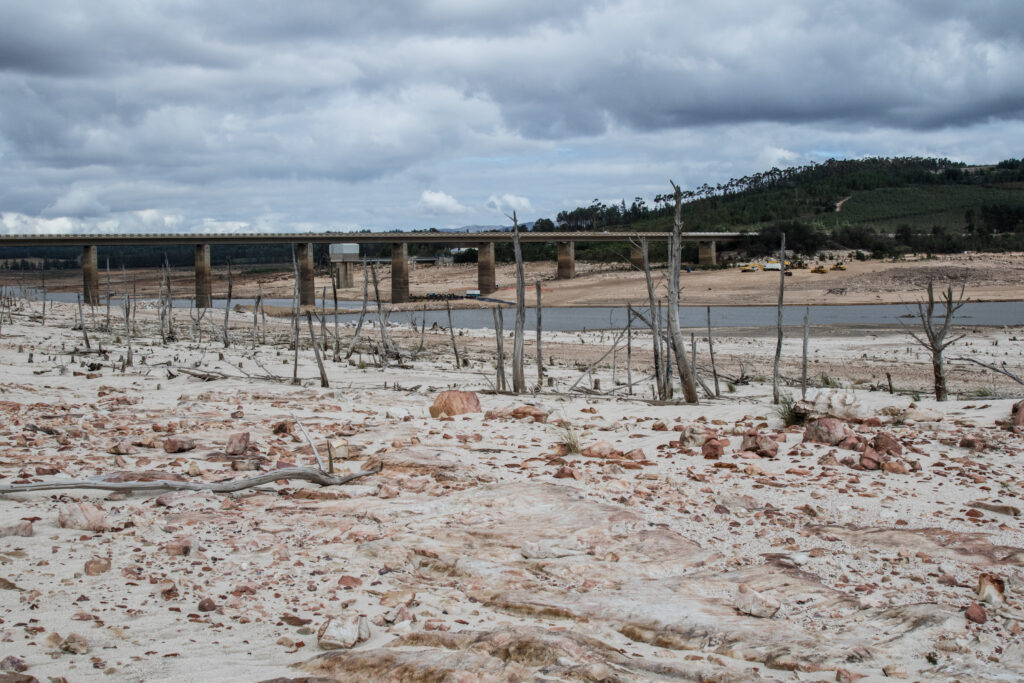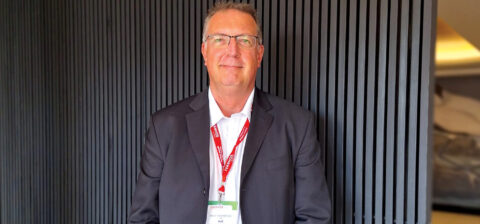Infrastructure
Preserve, Protect And Produce
One of the biggest long-term threats to water security is the presence of invasive alien plants that use far more water than indigenous vegetation in catchment and riparian areas. Current land-use practices have also adversely affected our catchment areas and rivers. Negative practices include plantations, such as sugar cane, and water-intensive crops, and, especially, inappropriate irrigation practices.
The challenges
Protection of groundwater is key. Groundwater is an essential reservoir for water security that is being increasingly overextracted and more polluted. “There is little accountability, and an ‘all for some for now’ mentality that will destroy this resource,” suggests a seasoned water specialist and environmental scientist who commented anonymously.
“While the appointments at the Department of Water and Sanitation (DWS) of Minister Senzo Mchunu and Dr Shaun Phillips as director-general have renewed hope for this national function after years of mismanagement, there are still many challenges. Ageing infrastructure, with leaks and theft of water, must be addressed. Failure to pay for water, including by local authorities and large organisations, is another problem. Perverse incentives to use water inefficiently, especially to farmers, mining and industry, have to be challenged. Investing in demand-side management, where users are helped to be efficient in their use of water, is the easiest return on investment in the short-term, but it is also sorely neglected,” says the scientist.
There is scope for the reuse of water, and the purification of polluted water. However, options such as desalination are only viable along a slither of South Africa’s coastline and are also highly expensive, so this is a limited solution to addressing food security.
Droughts will continue to be part of what must be navigated, and climate change compounds all of the above challenges, as does the still very unequal access to water in our country. “There has to be equity, efficiency and sustainability if we are to have water security,” comments the scientist.

Fix the infrastructure
Jan Venter, CEO of industry nonprofit organisation the South African Plastic Pipe Manufacturers Association (SAPPMA), comments that an interrupted water supply – or water shedding – will be catastrophic.
SAPPMA has consistently been daylighting South Africa’s ageing delivery infrastructure.
“Government should depoliticise water management in the country and fully utilise all available engineering skills to solve the crisis. The key issues requiring focus include urgently addressing the widespread pollution of rivers, dams and wetlands. Government should intervene in the mismanaged municipal water and sewage treatment plants, prove it understands the problem and allocate sufficient funds for the expansion and maintenance of distribution systems, and monitor the proper use of it,” says Venter.
Plastic pipe is dominant in secondary water distribution, and Venter stresses that there are benefits to its usage in replacement piping systems because it is designed, produced and installed in accordance with international and national standards. This ensures a long-term and leak-free service life.
“Plastic pipe offers a lifetime that is more than double that of other materials, is quicker and easier to install, has lower failure rates and corrosion, fewer joint leaks, and is lower in price compared to other pipes.”
Solutions and technologies available
In the light of the DWS 2021 Green Drop Report, Kate Stubbs, marketing director at Interwaste, believes we need a much more diverse water mix, including groundwater and wastewater reuse. Waste management companies are key to this, where wastewater – and the treatment thereof – has become a critical consideration in addressing scarcity and safety issues.
“Effluent water treatment is one example. If treated to the required standards, as set out by national environmental agencies, we have found that nearly all effluent can be recycled, if done properly. This means that a large bank of water could become available, which previously may not have been considered as ‘safe’ for
the environment or community,” she notes.
“Innovative wastewater management can result in the redistribution of this water into the environment for irrigation and dust suppression, or other industrial uses, as well as to replenish rivers and catchments in our water infrastructure networks. The different technologies and processes are so advanced today, that effluent can even be treated further to provide potable water for areas where it is in short supply,” adds Stubbs.
Yet another approach proposed is a systems-driven one. Johan Potgieter is the cluster industrial software lead at Schneider Electric.
Looking at the innovative smart water technologies and services on offer, he says: “Water can be made safe, reliable, sustainable, and efficient across the entire water cycle.
“Systems can monitor and help address nonrevenue water and leakages caused by ageing infrastructure, electrical energy consumption, rising operational expenses, and help to protect critical water infrastructure systems against cyberattacks.
“Telemetry solutions form part of numerous solutions that create robust, fully configurable water solutions with standardised controls that allow for the optimisation of water networks, reduce training and increase visibility into water network performance,” he says.






 Sign-up and receive the Business Media MAGS newsletter OR SA Mining newsletter straight to your inbox.
Sign-up and receive the Business Media MAGS newsletter OR SA Mining newsletter straight to your inbox.